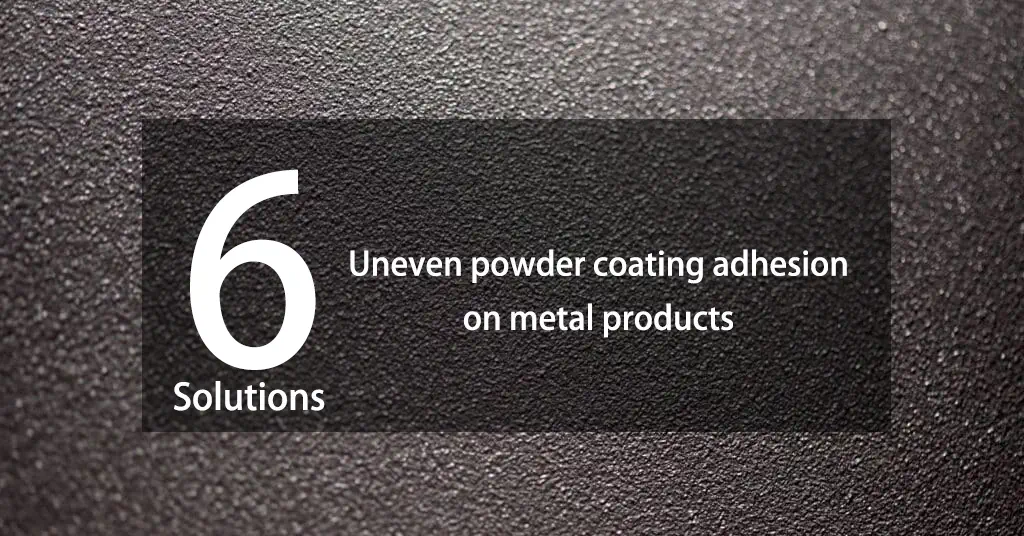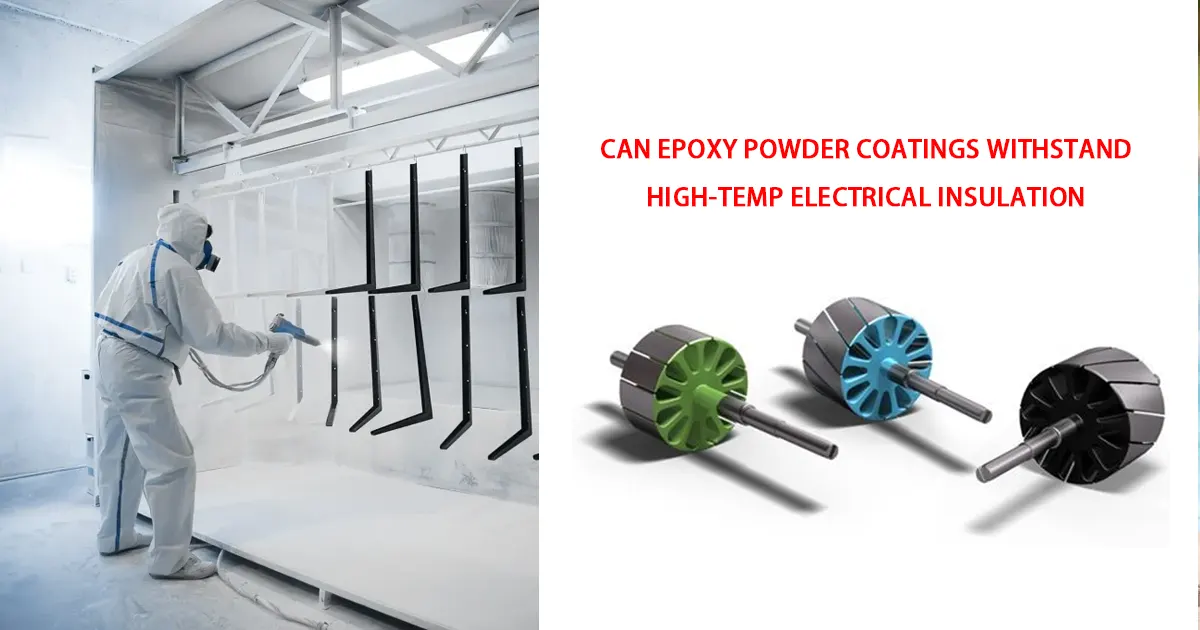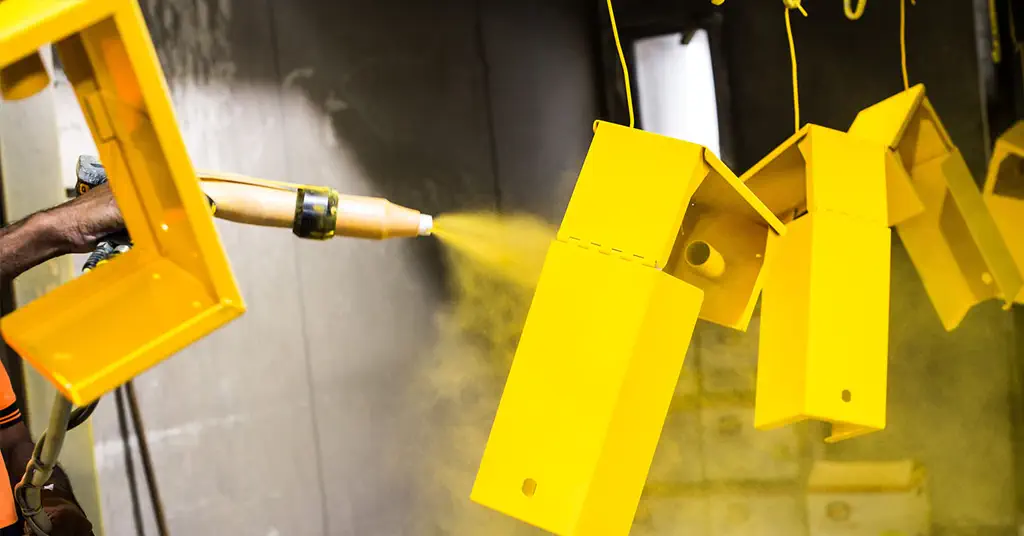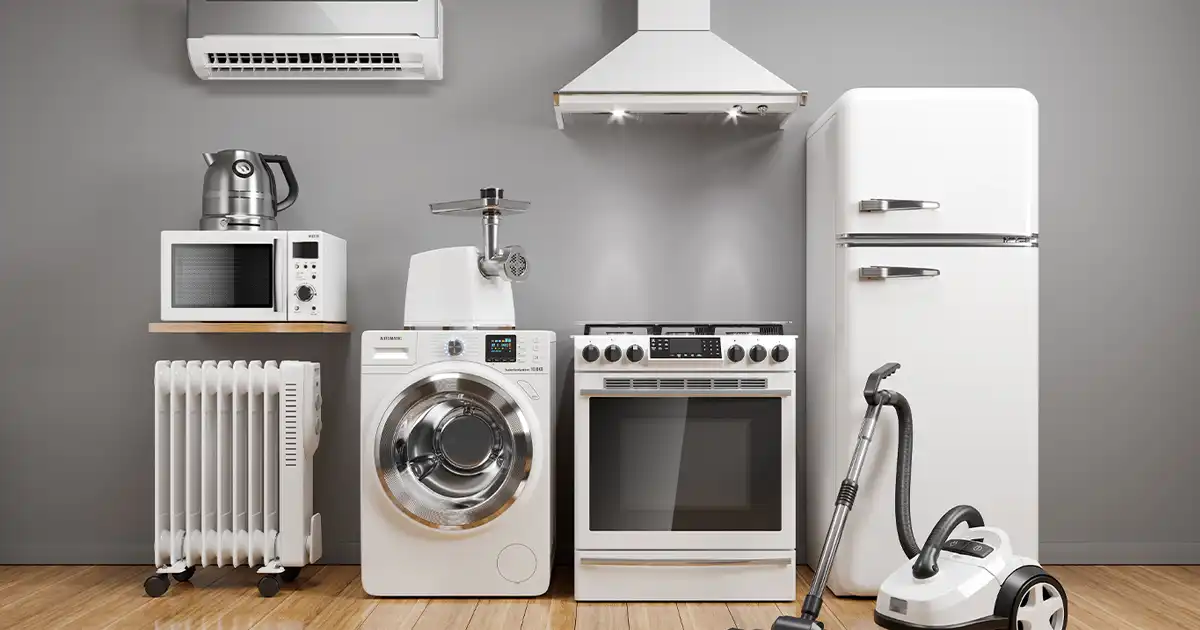How to Prevent Adhesion Failures in Powder Coating on High-Gloss Appliance Surfaces?
Adhesion failures in powder coating on high-gloss appliance surfaces can lead to costly rework and compromised aesthetics. As a leading powder coating manufacturer, we provide proven, detailed solutions to ensure durable, stunning finishes for appliances like refrigerators and ovens. Backed by 20 years of expertise and a 98% adhesion success rate in our coatings (internal testing, 2024), this guide, authored by Dr. Erik, Coating Specialist, offers actionable strategies to eliminate adhesion issues.
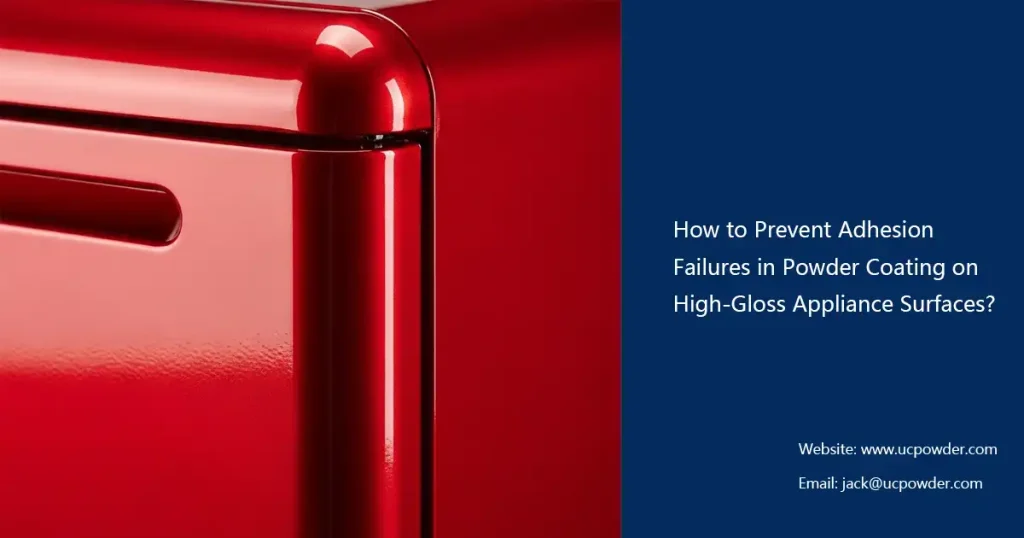
Why Adhesion Failures Occur in Powder Coating?
Adhesion failures stem from:
- Contamination: Oils, grease, or mold release agents on substrates like stainless steel or aluminum.
- Poor Surface Prep: Inadequate cleaning or profiling.
- Improper Curing: Incorrect temperature or time, leading to weak bonding.
- Coating Mismatch: Incompatible powder for the substrate.
Our durable appliance coatings are engineered to address these issues, ensuring flawless powder coating adhesion.
5 Expert Solutions for Durable Powder Coating Adhesion
1. Master Surface Preparation for Coating Success
Proper surface preparation for powder coating is critical for adhesion. Follow these steps:
Degreasing
- Use Oakite 61B (alkaline, pH 9.5) at 55°C for 3 minutes via spray or immersion to remove oils. Rinse with deionized water to avoid residue.
- For stubborn residues, apply 70% isopropyl alcohol (IPA) with lint-free cloths, ensuring no streaking (ASTM F22 water-break test to verify cleanliness).
Abrasive Blasting:
- For stainless steel, use 100-grit aluminum oxide at 70 psi for a 0.7 µm Ra profile (ASTM D7127).
- For aluminum, use 50-grit glass beads at 50 psi for smoother high-gloss finishes.
Chemical Etching:
- Apply Henkel Alodine 1200 (phosphoric acid-based) for 1.5 minutes on aluminum to enhance anchorage.
Zirconium Pretreatment:
- Use Chemetall Gardobond X at 2.5% concentration, 45°C, for 4 minutes to boost adhesion and corrosion resistance (ASTM B117).

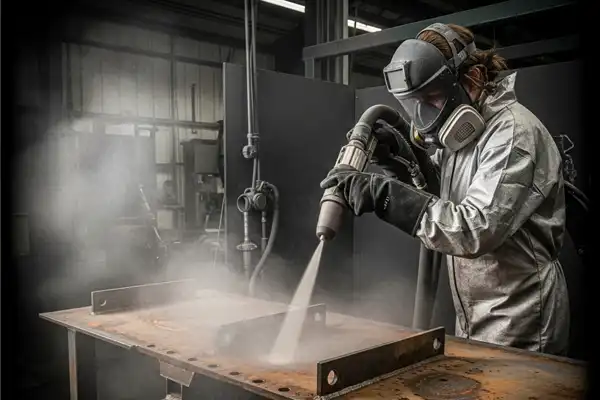
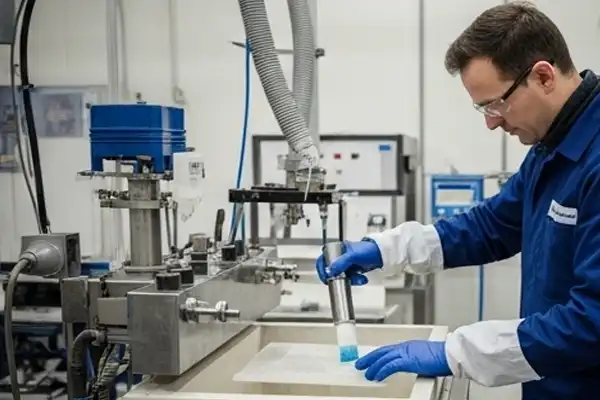
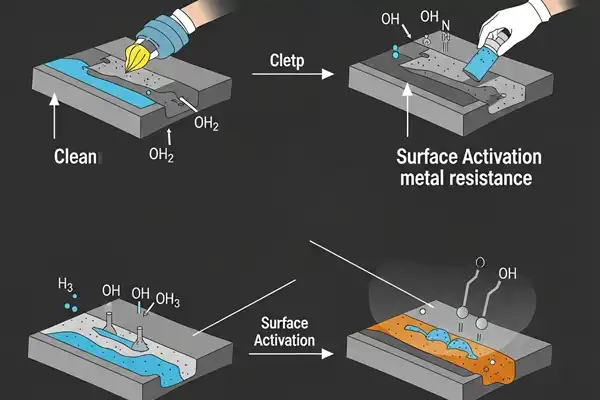
2. Select High-Performance Powder Coatings
Choosing the right powder coating for appliances ensures adhesion and gloss. Our solutions include:
- PolyGloss™ Polyester Coatings: Deliver 90+ gloss units (ASTM D523) and UV resistance for outdoor appliances.
- EpoPoly™ Hybrid Coatings: Ideal for indoor appliances, offering chemical resistance on galvanized steel.
- AdherePrime™ Primer: Apply at 25 microns for challenging substrates like polished aluminum.
Test coatings on sample panels using ASTM D3359. Contact us for free samples of our high-gloss appliance coatings.
3. Optimize Powder Coating Application
A precise powder coating application process prevents adhesion issues:
Electrostatic Settings:
- Set guns to 70 kV for stainless steel, 90 kV for aluminum.
- Use our ConductiCoat™ powders for complex geometries to avoid Faraday cage effects.
Thickness Control:
- Target 60-80 microns DFT using an Elcometer 456 gauge. Avoid >100 microns to prevent cracking.
Booth Conditions:
- Maintain 45% humidity, 22°C, and HEPA-filtered air to eliminate dust-related defects.
4. Ensure Proper Curing for Coating Durability
Curing Specs:
- PolyGloss™: 200°C for 10 minutes (object temperature).
- EpoPoly™: 185°C for 13 minutes.
Oven Calibration:
- Use a Datapaq EasyTrack3 datalogger to ensure ±5°C uniformity.
Verification:
- Test hardness (ASTM D3363, 2H minimum) and MEK rub resistance (ASTM D5402, 50+ double rubs).
5. Implement Rigorous Adhesion Testing
Prevent failures with quality control:
Adhesion Tests:
- ASTM D3359 cross-hatch (target 5B).
- ASTM D4541 pull-off (target 6 MPa).
Thickness Monitoring:
- Measure every 50 parts with a digital gauge.
Visual Inspection:
- Use 10x magnification to detect pinholes or orange peel.
| Step | Action | Tools/Materials | Target Outcome |
|---|---|---|---|
| Degreasing | Use Oakite 61B or 70% IPA | Spray/immersion tank, lint-free cloths | Contamination-free surface (ASTM F22) |
| Blasting | 100-grit aluminum oxide (steel) | Blasting cabinet | 0.7 µm Ra profile |
| Etching | Henkel Alodine 1200 (aluminum) | Immersion bath | Enhanced anchorage |
| Coating | PolyGloss™ or EpoPoly™ | Electrostatic gun | 60-80 microns DFT |
| Curing | 200°C, 10 minutes | Convection oven | 2H hardness, 5B adhesion |
FAQs for Appliance Manufacturers
Contamination, poor prep, improper curing, or coating-substrate mismatch.
Polyester for UV resistance; hybrids for indoor chemical resistance.
Use ASTM D3359 cross-hatch or ASTM D4541 pull-off tests.
To effectively address powder coating adhesion failures on high-gloss appliance surfaces, follow these expert-backed strategies: optimize surface preparation through meticulous degreasing and pre-treatment; select the appropriate high-performance powder coating formulation for your specific substrate; master the application process with precise electrostatic settings and thickness control; ensure proper curing by adhering to manufacturer specifications; and implement rigorous quality control with consistent testing.
For tailored solutions and to achieve flawless, durable finishes for your appliances, contact our team today!
Have Anything To Ask Us?

